
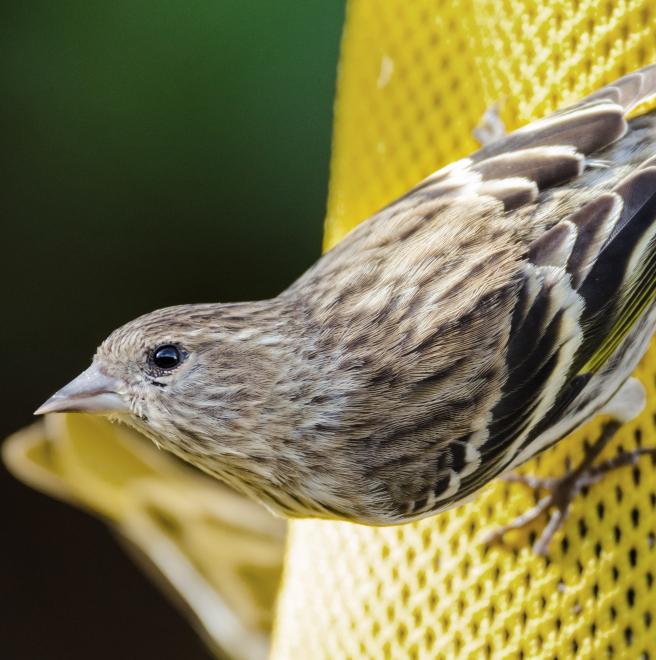
An irruptive, conifer-dependent species of the boreal forests and montane west, this small finch intermittenly irrupts into the eastern US during the winter in search of food. That event may be occurring less regularly as Audubon's climate model predicts winter climate suitability to shift northward. During the summer, the model also projects an overall decrease in summer range by about a third, putting a squeeze on this bird during the time of the year it relies on regular food supplies. The broad trends of a retreat upslope and to the north are consistent with other bird species that have similar coniferous habitat requirements.
Explore more birds threatened by climate change around the country.
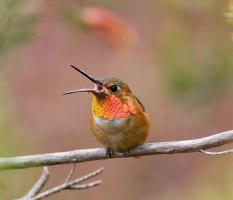
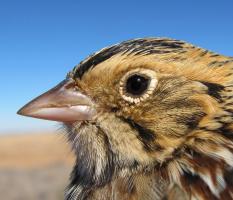
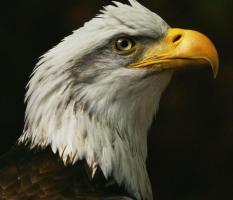
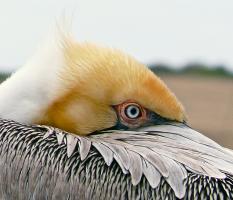

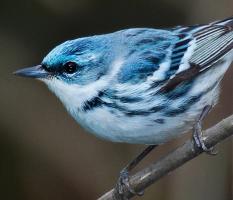
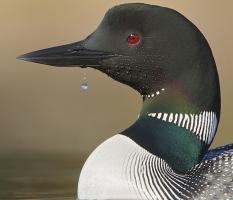
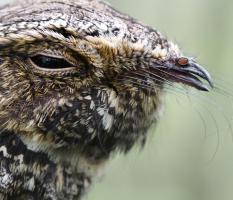





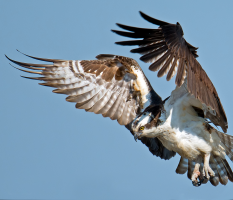
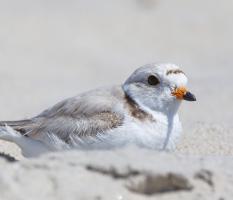

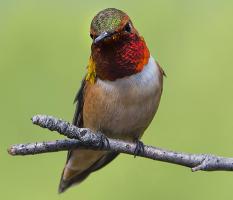

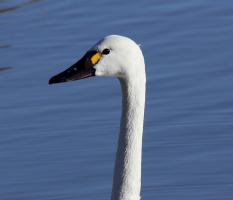
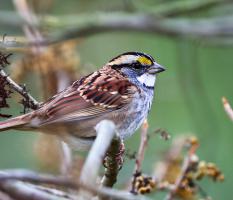

It's easier than you think to make a difference. Become an Audubon member today to help birds facing climate change.